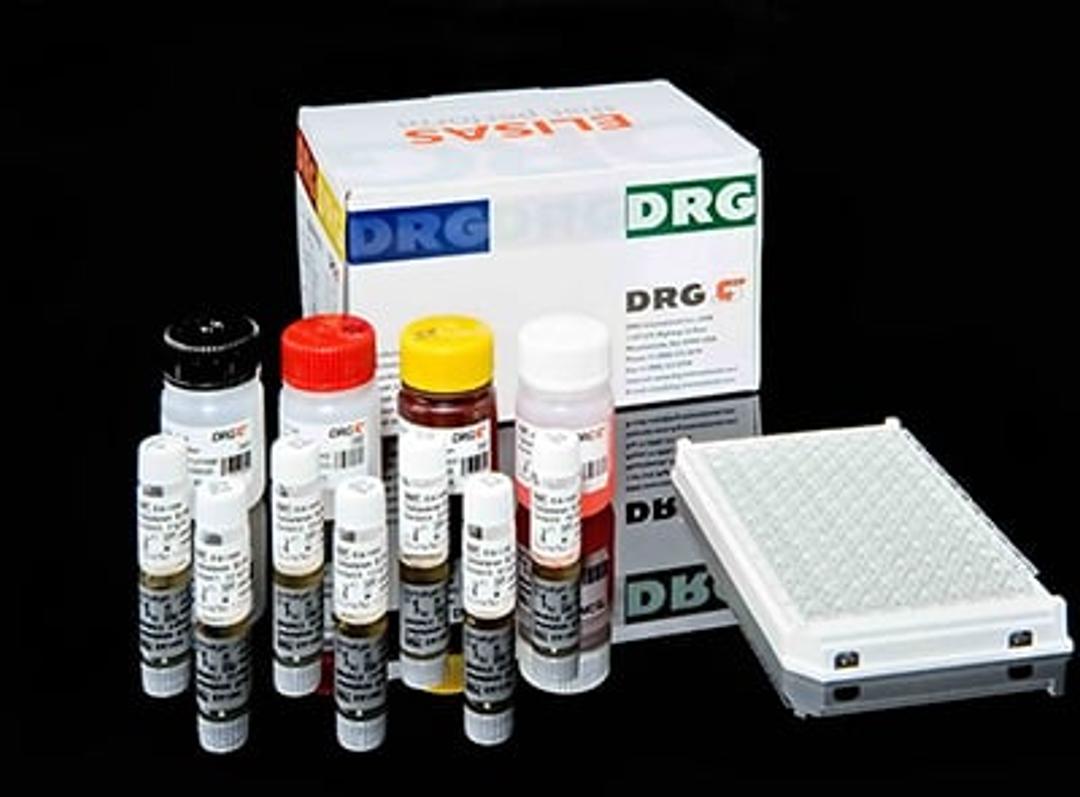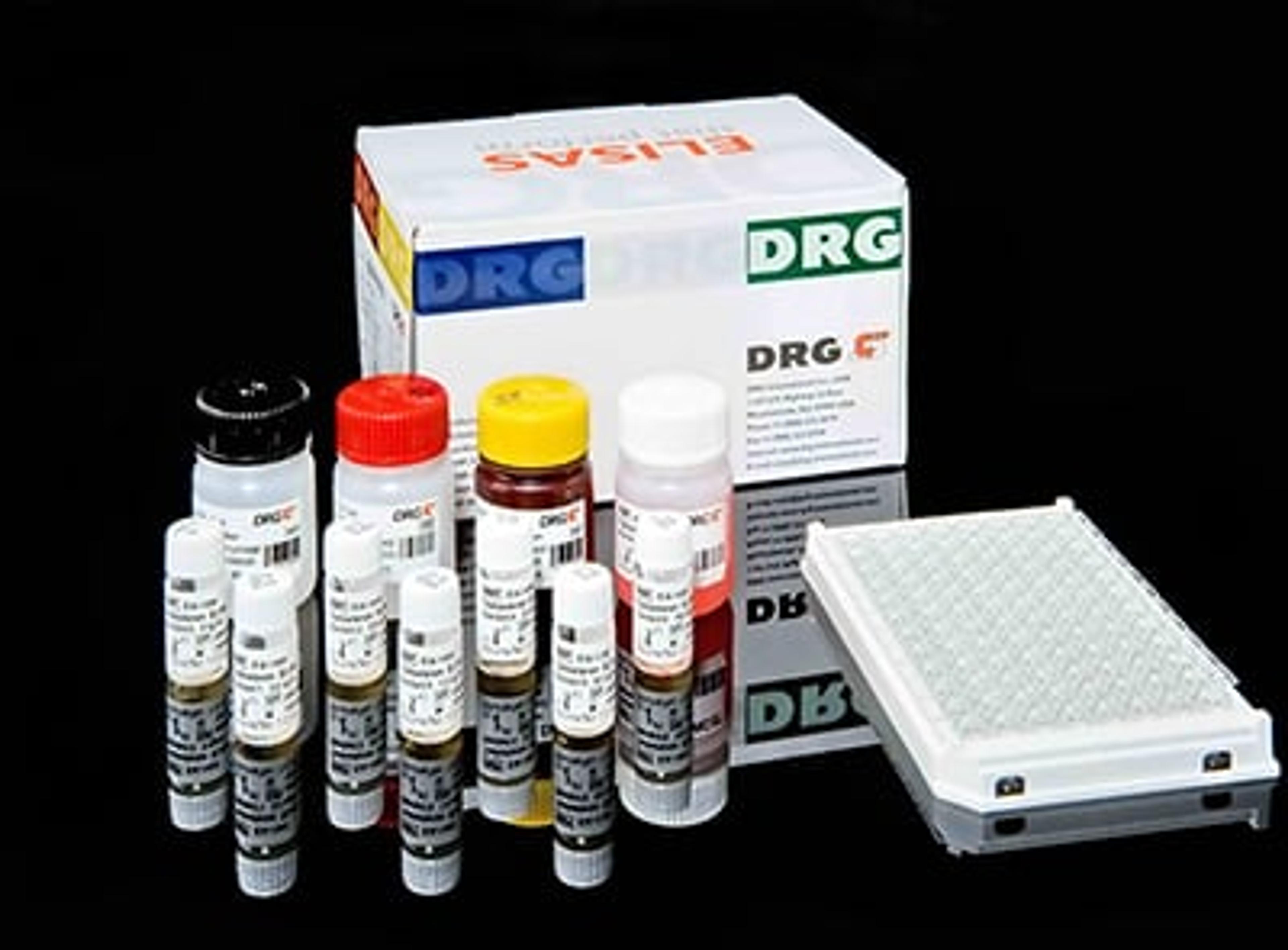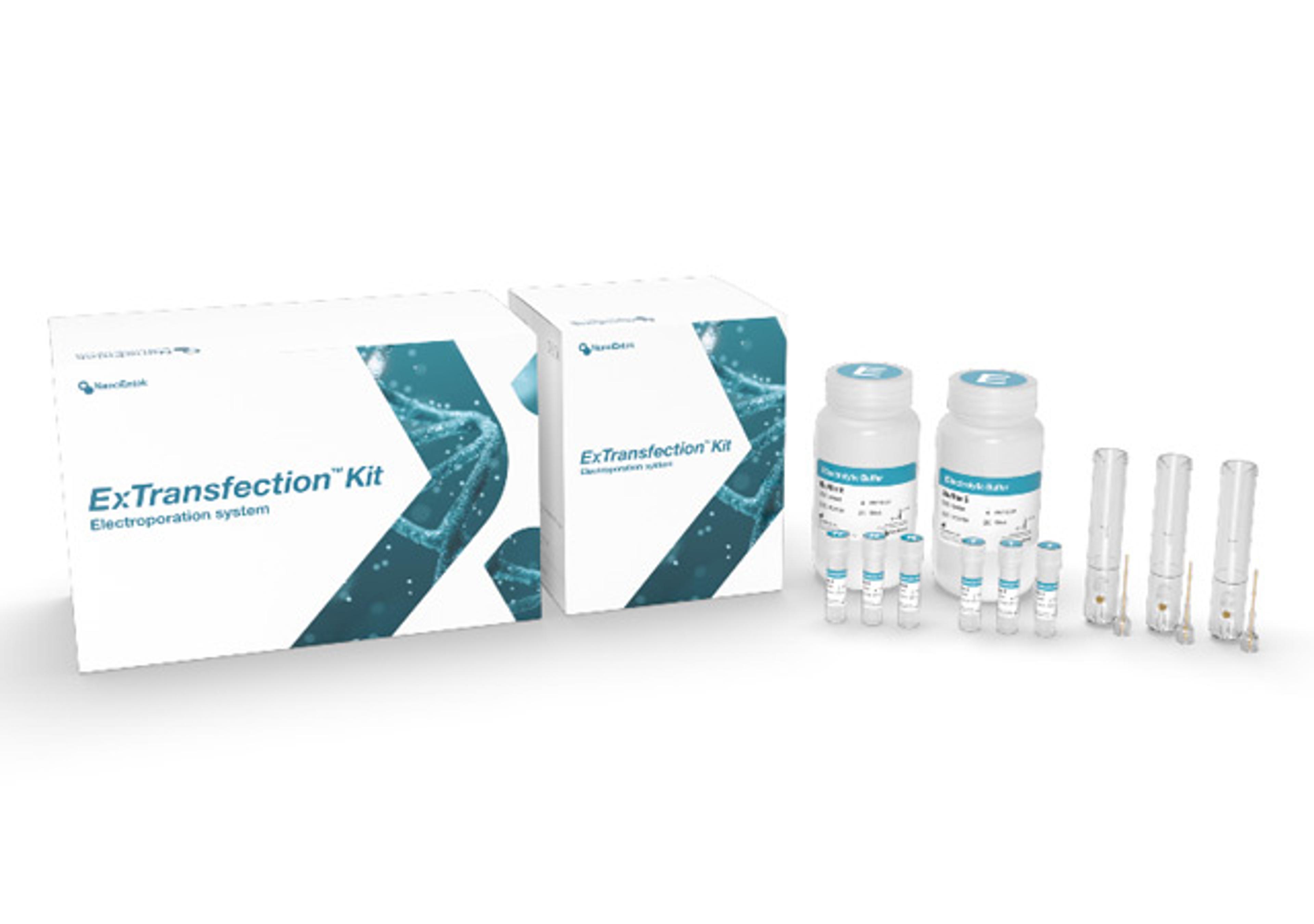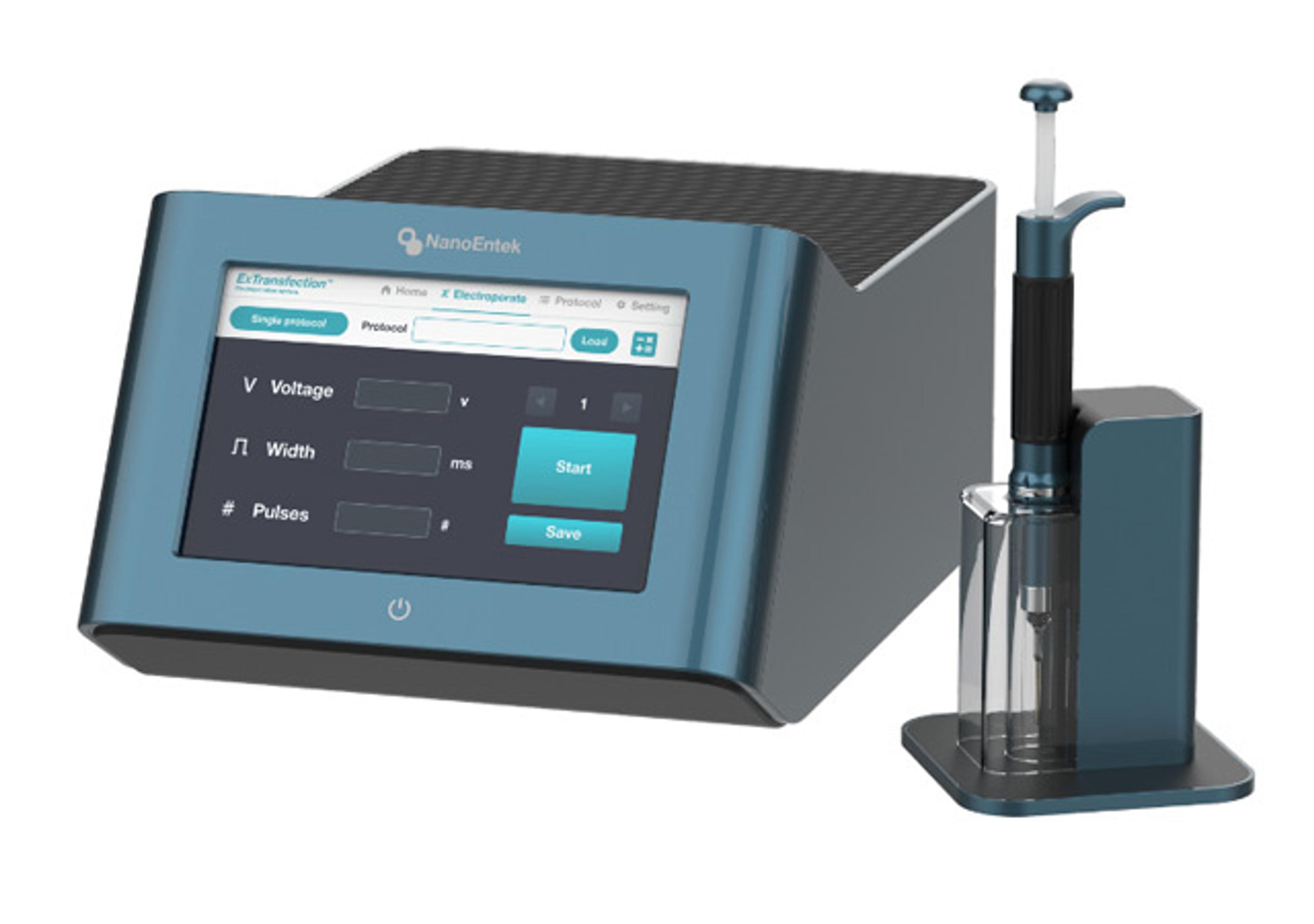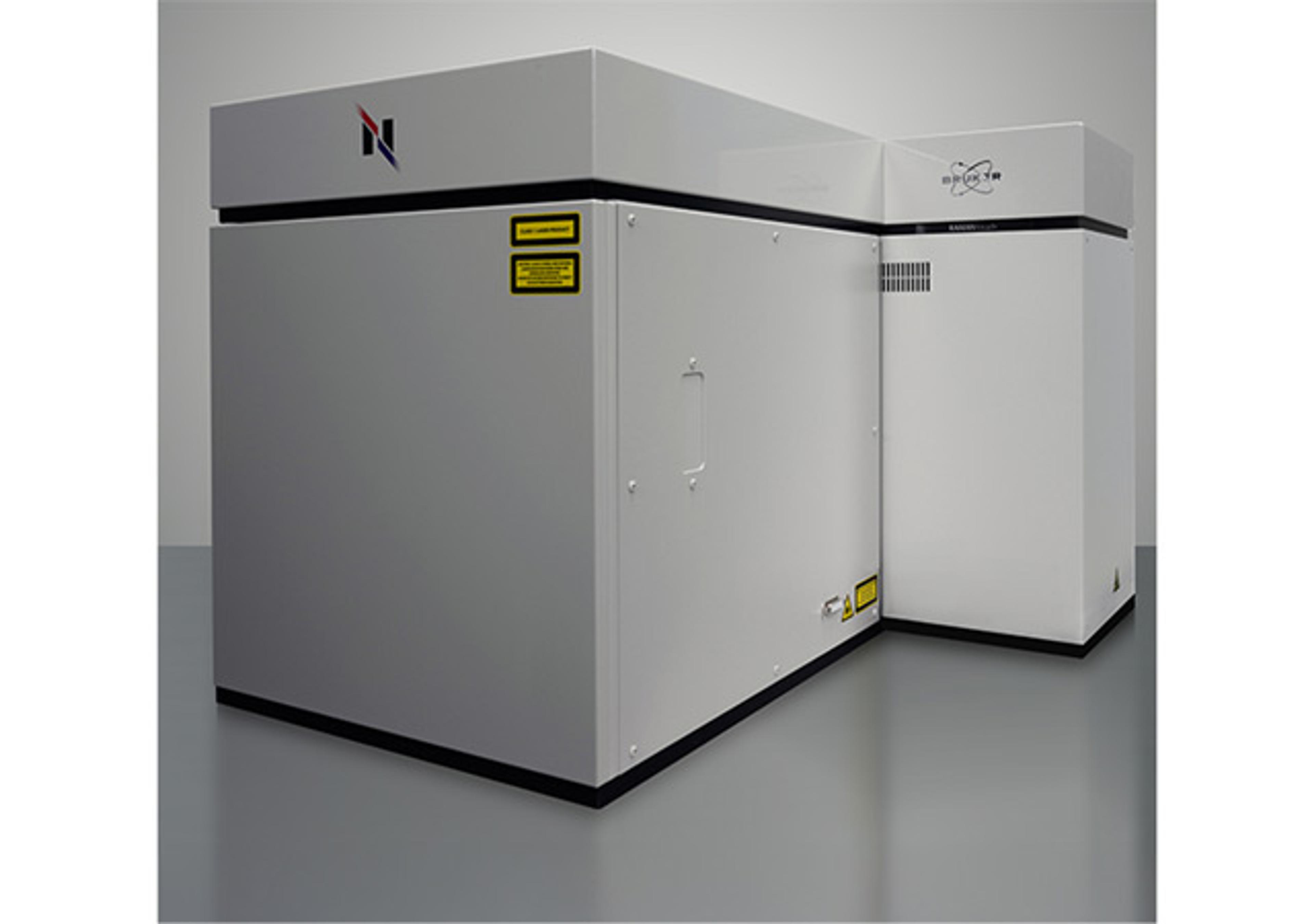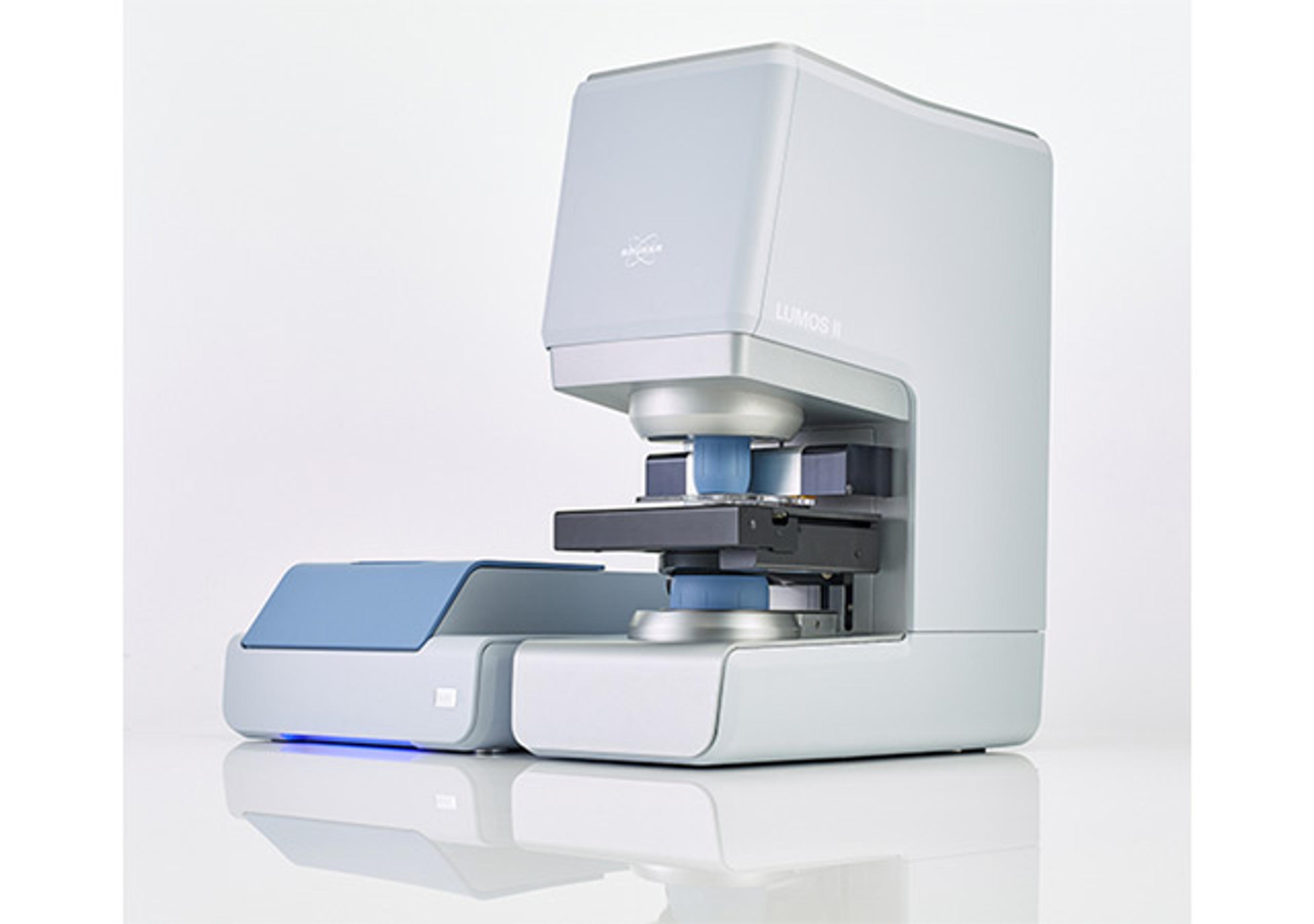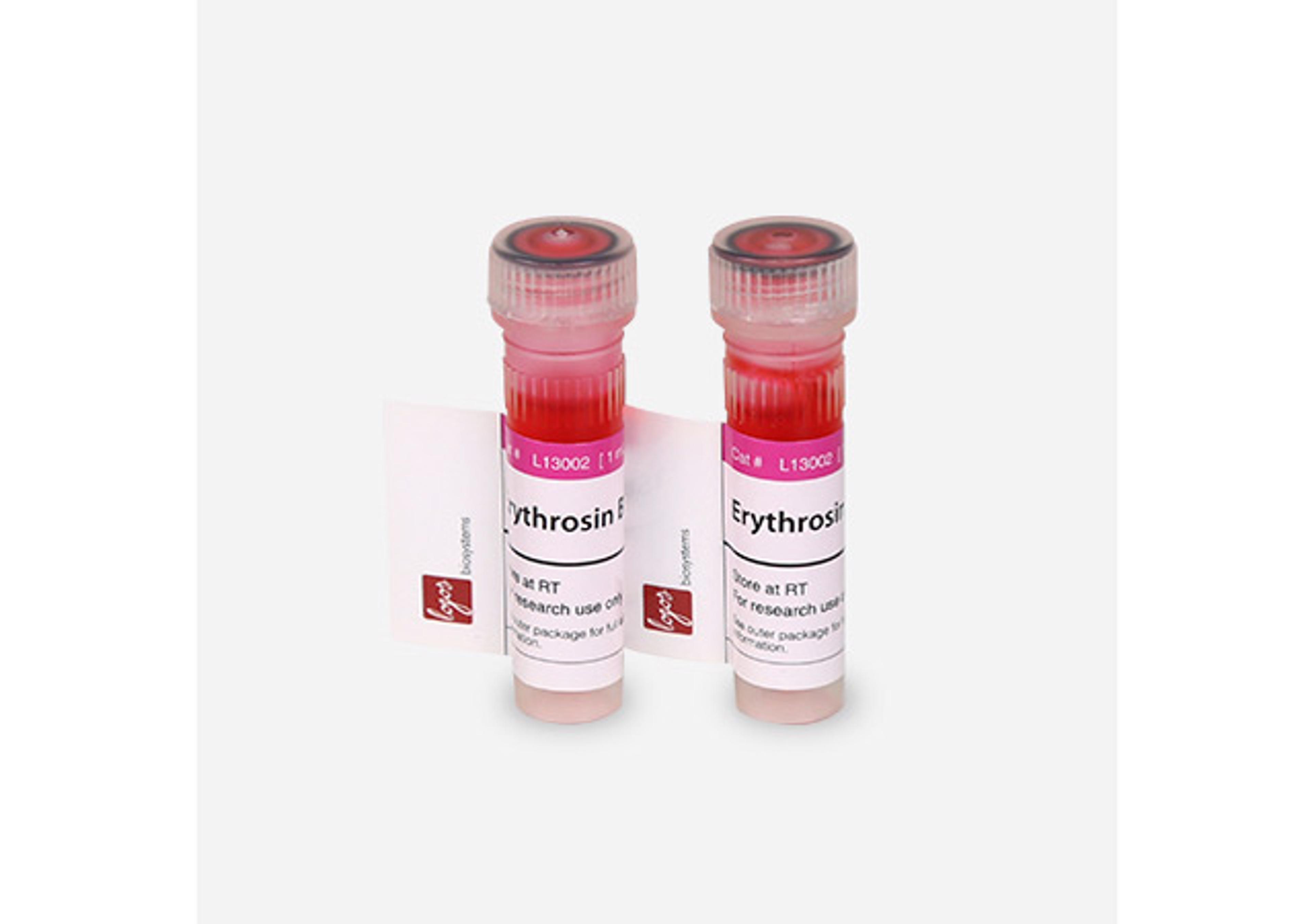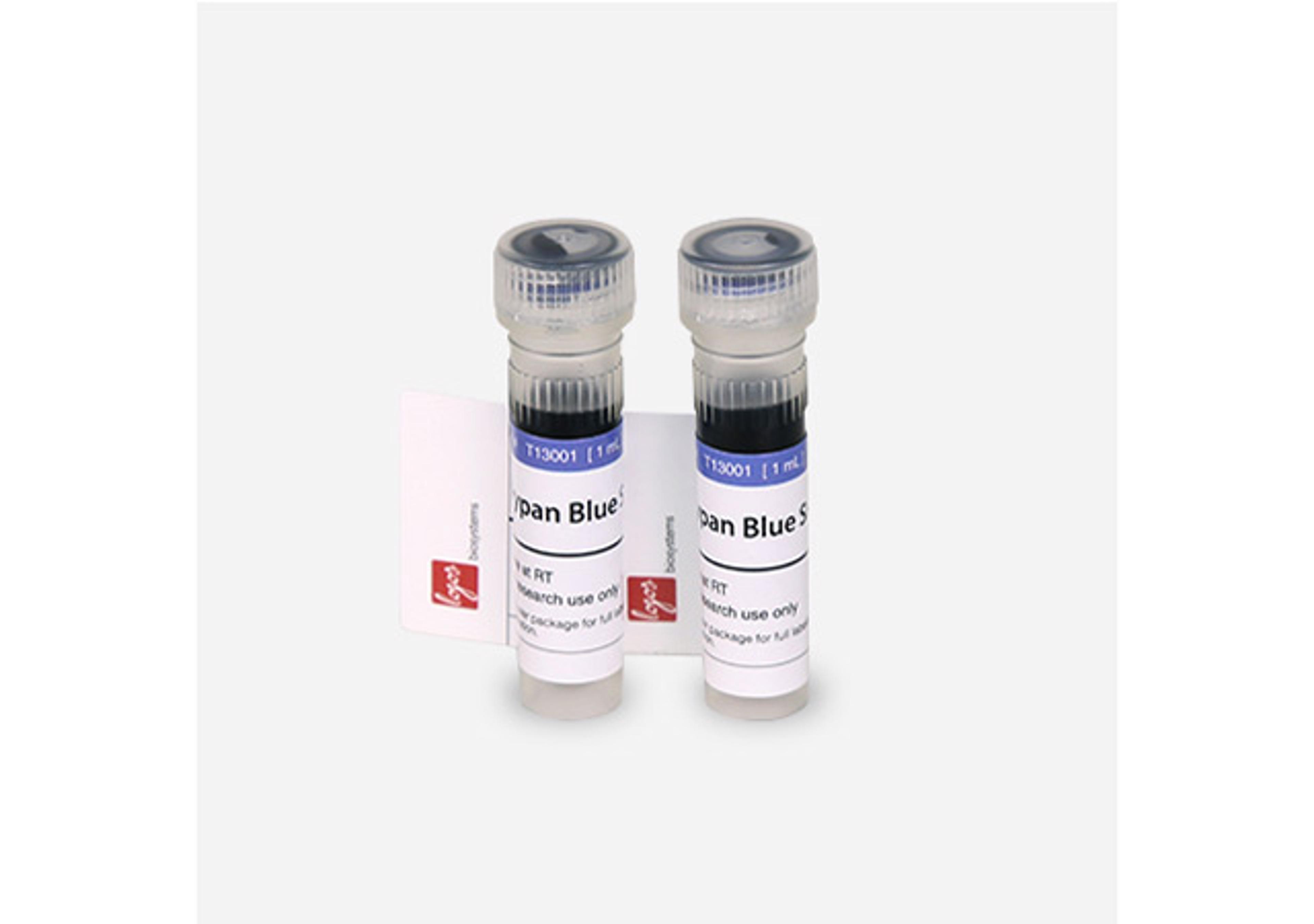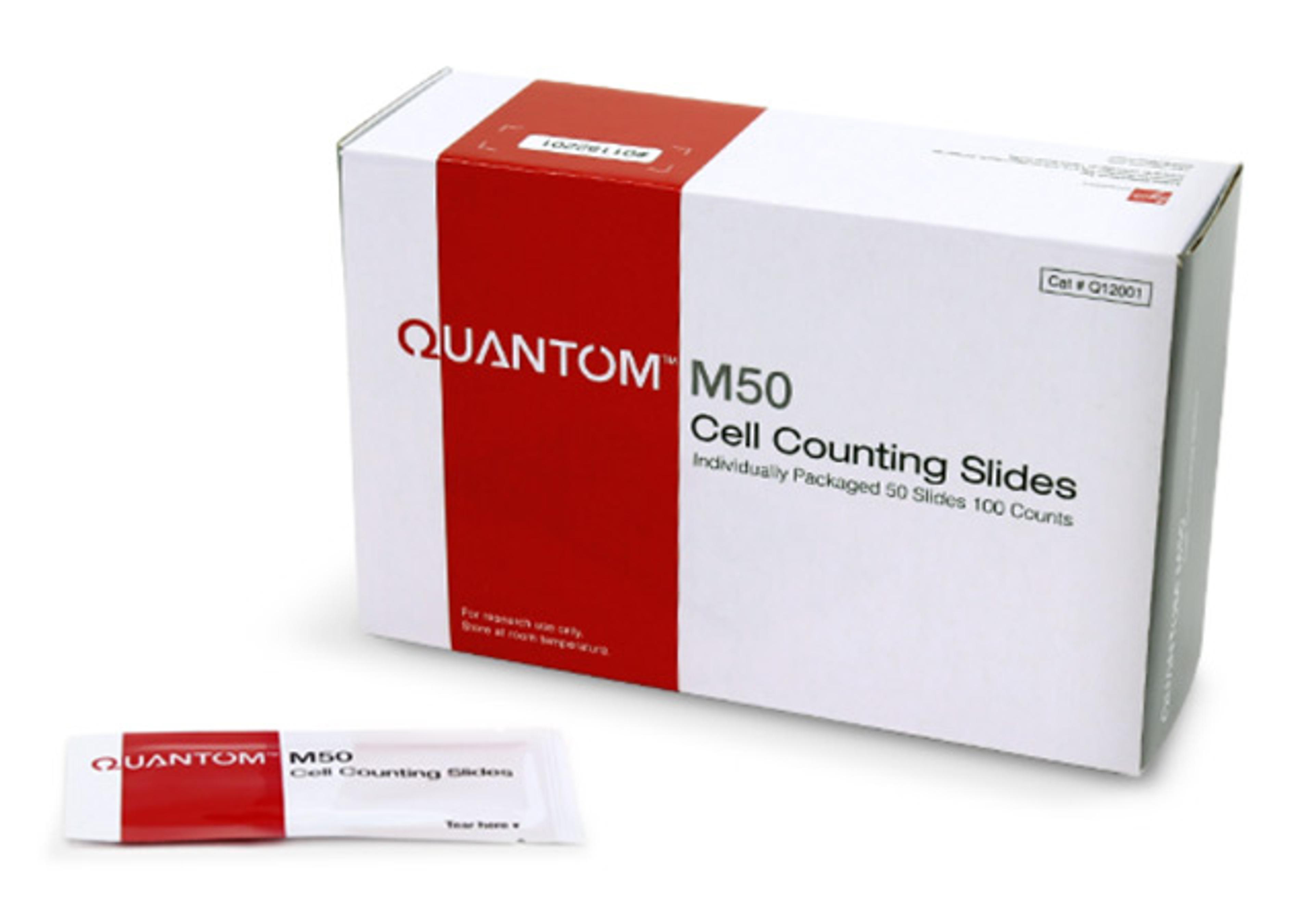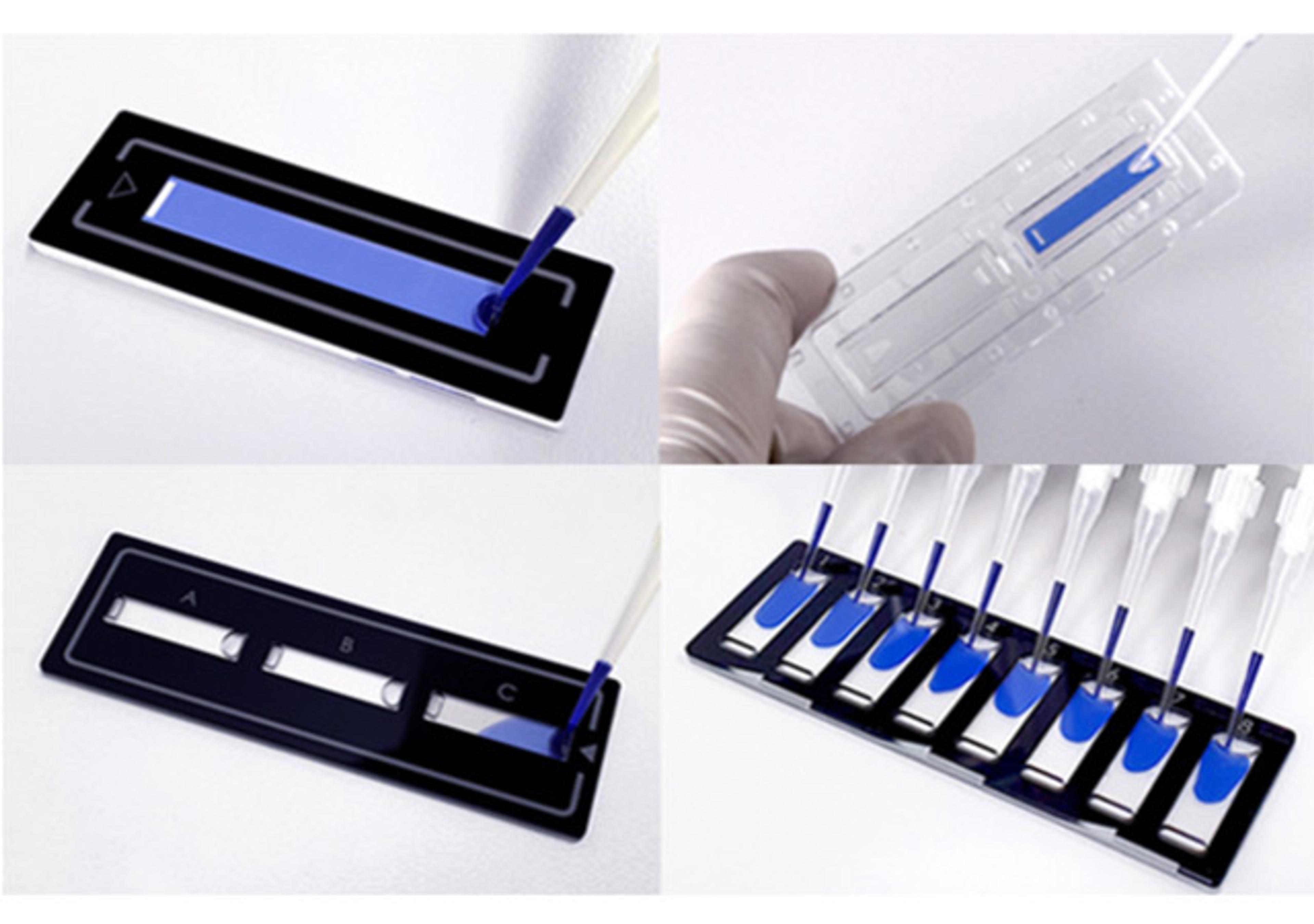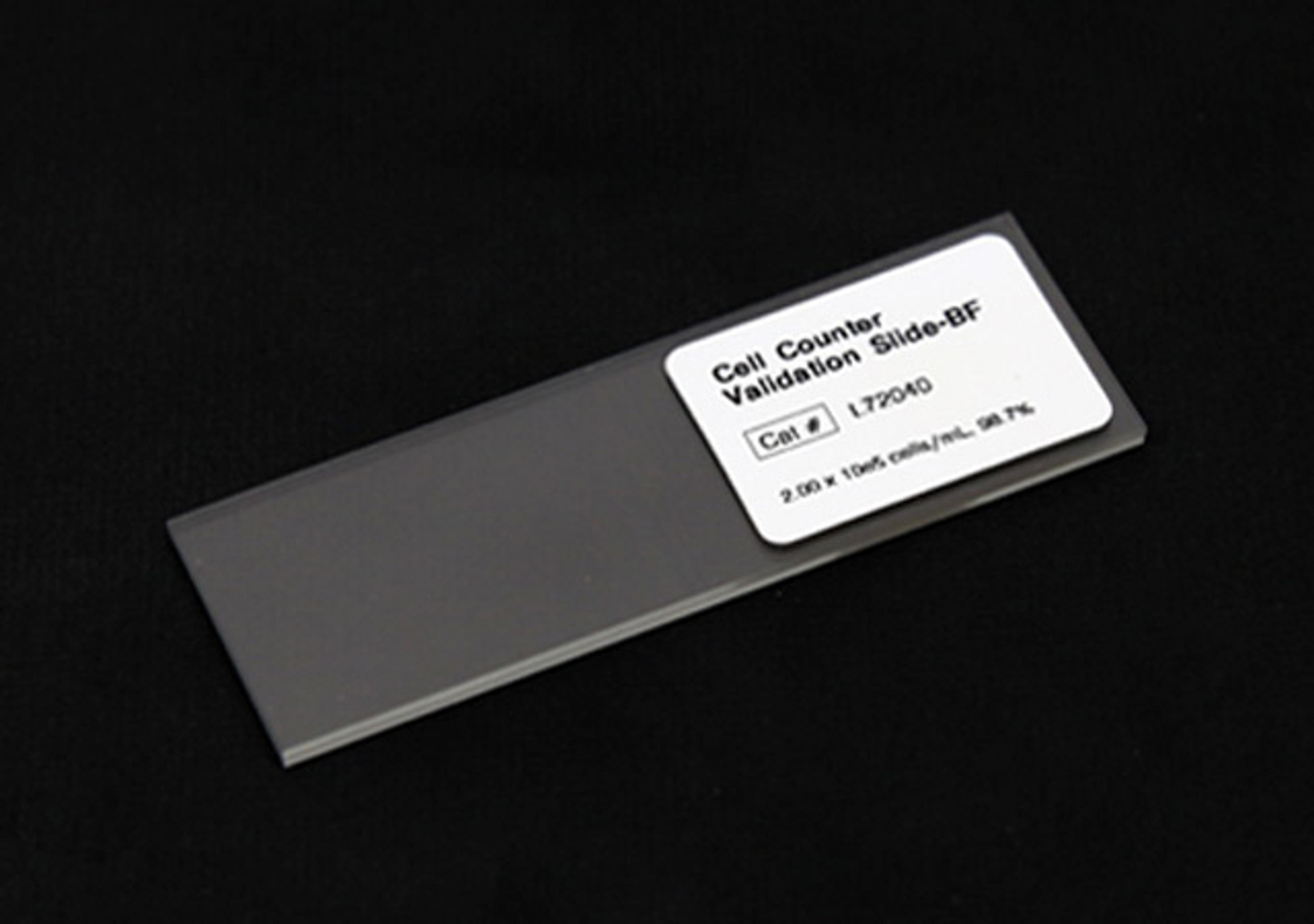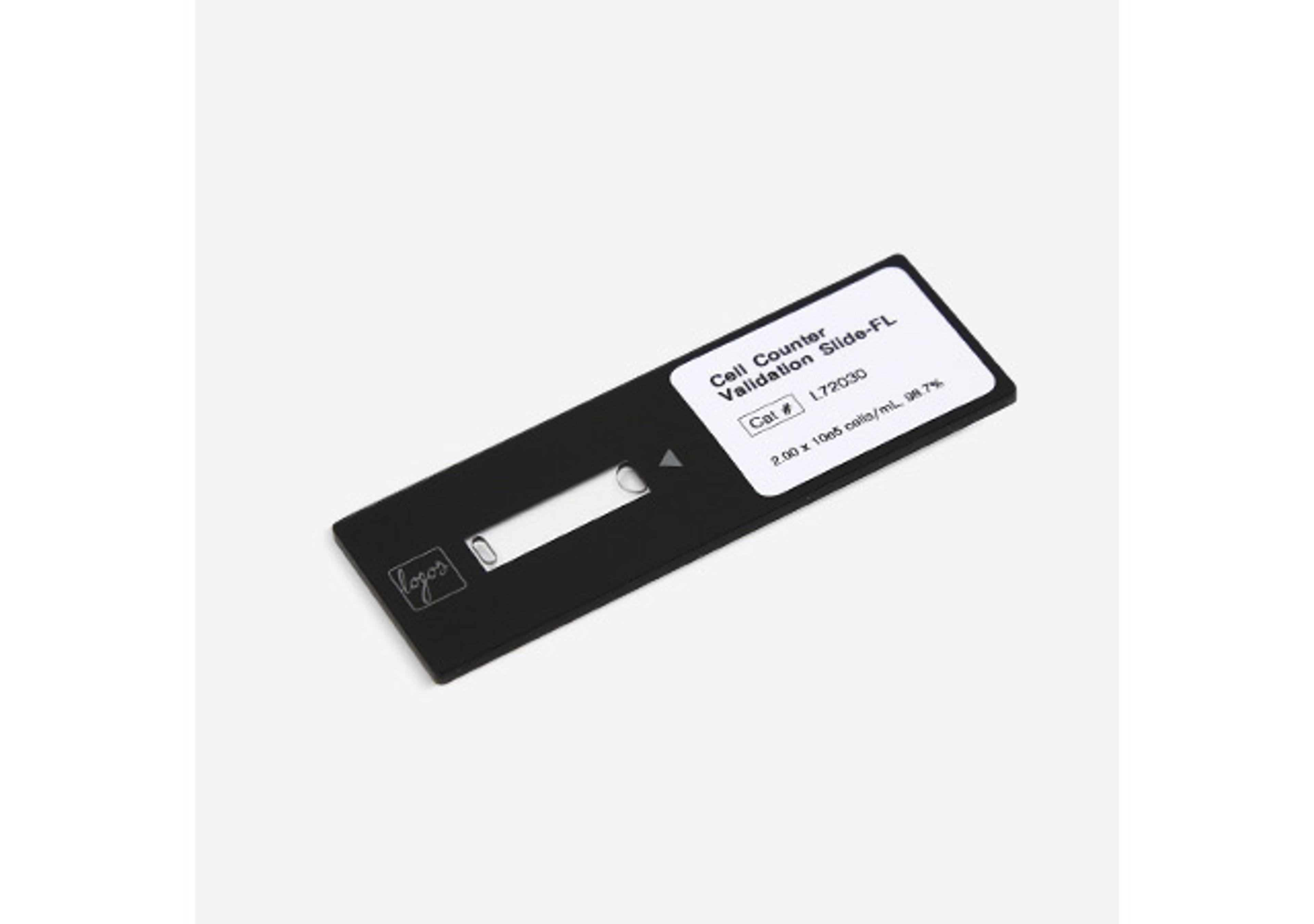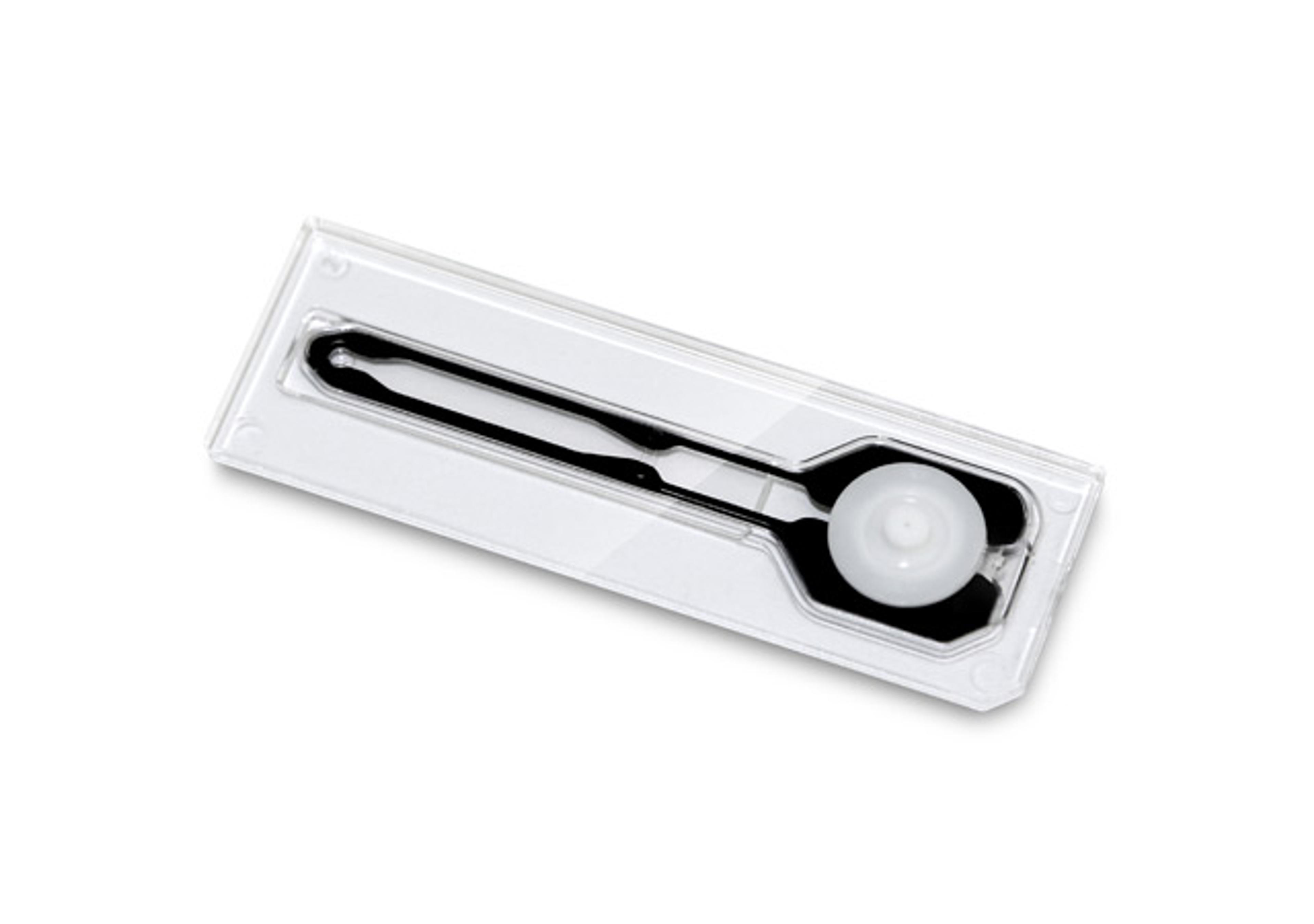DHT-optimized ELISA
High Quality Assays with Reproducible and Reliable Results

The supplier does not provide quotations for this product through SelectScience. You can search for similar products in our Product Directory.
An enzyme immunoassay for the quantitative measurement of total 5Alpha-dihydrotestosterone (DHT) in serum or plasma. DHT is a potent androgenic sex hormone, synthesized from testosterone by two 5Alpha-reductase isoenzymes mainly in the Leydig cells of the testes, but also in the adrenal gland, prostate and to a lower extend in the ovaries(1). Together with testosterone, androstenedione and dihydroepiandrostenedione (DHEA), DHT belongs to the androgen family of steroid hormones that act by binding to intracellular androgen receptors (AR)(2). DHT and Testosterone bind with similar high affinity to AR, but DHT is the more potent androgen because of more efficient AR cofactor stimulation (3). AR activation regulates prostate growth, bone and muscle mass, and spermatogenesis . Androgens circulate inthe blood bound to proteins, especially sex hormone binding globulin (SHBG) and albumin, but trace amounts of these steroids circulate in the unbound form and are referred to as the free hormone fractions (4). The major organ to neutralize androgens is the liver, and the androgen glucuronides are eliminated by renal excretion (5). During embryogenesis, DHT plays an essential role in the formation of the male external genitalia, while in adults DHT acts as the primary androgen in the prostate and in hair follicles. It is responsible for the male secondary sexual characteristics such as deepening of the vocal chords, male hair patterns and male sexual drive and function. DHT levels are high in adolescent men and slowly decrease with aging. DHT levels are very low in females and do not change during the menstrual cycle, but decrease in the postmenopausal phase (6). Clinical implications: In men, very low plasma levels of DHT are found in patients with germinal cell aplasia, azoospermia, anorchia, Klinefelter's syndrome or 5Alpha-reductase deficiency, an autosomal-recessive genetic disorder, which leads to inadequate differentiation of DHT-dependent peripheral tissues (6,7). DHT has been implicated as a causative factor in the progression of hirsutism, androgenic alopecia, benign prostatic hyperplasia and prostate cancer (8,9). In women, patients with idiopathic hirsutism or polycystic ovaries (PCO) show significantly higher levels of DHT and testosterone compared to healthy controls (10,11). Women with increased DHT levels may develop certain androgynous male secondary sex characteristics, including a deepened voice and facial hair.The DRG DHT-optimized ELISA Kit is a solid phase enzyme-linked immunosorbent assay (ELISA), based on the principle of competitive binding. The microtiter wells are coated with a polyclonal antibody directed towards an antigenic site of the DHT molecule. Endogenous DHT of a patient sample competes with a DHT-horseradish peroxidase conjugate for binding to the coated antibody. After incubation the unbound conjugate is washed off. The amount of bound peroxidase conjugate is inversely proportional to the concentration of DHT in the sample. After addition of the substrate solution, the intensity of colour developed is inversely proportional to the concentration of DHT in the patient sample.

